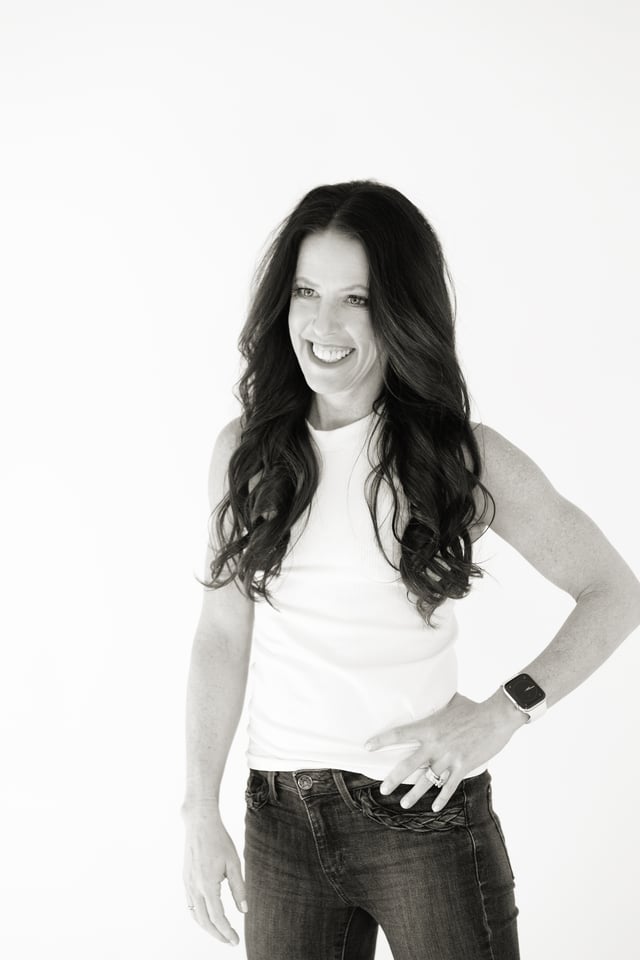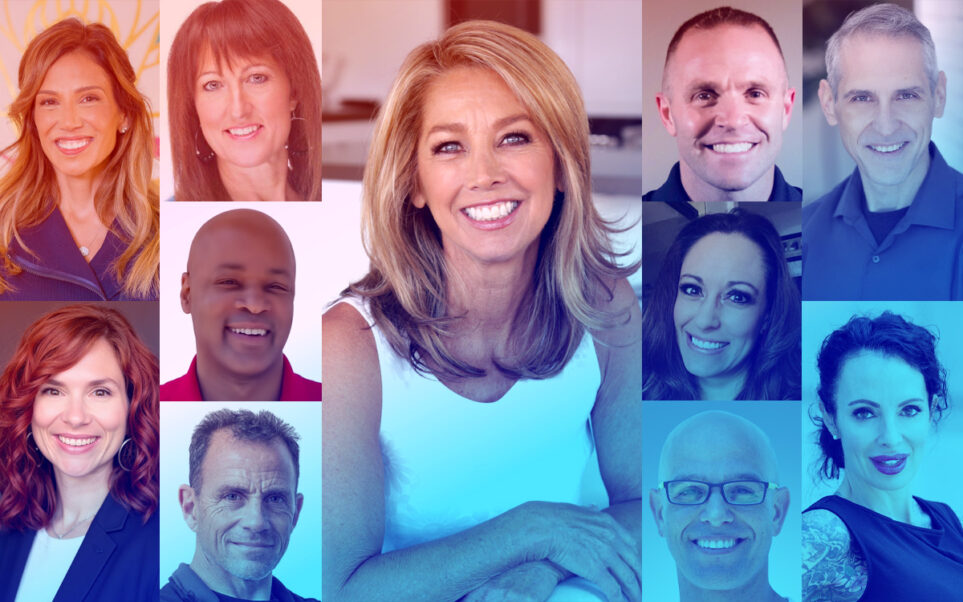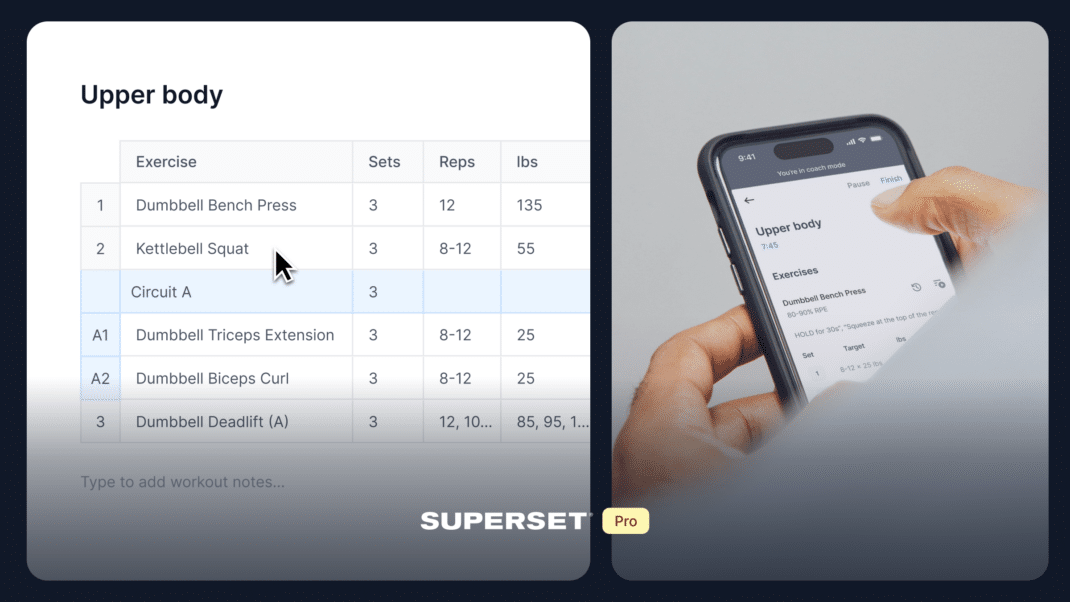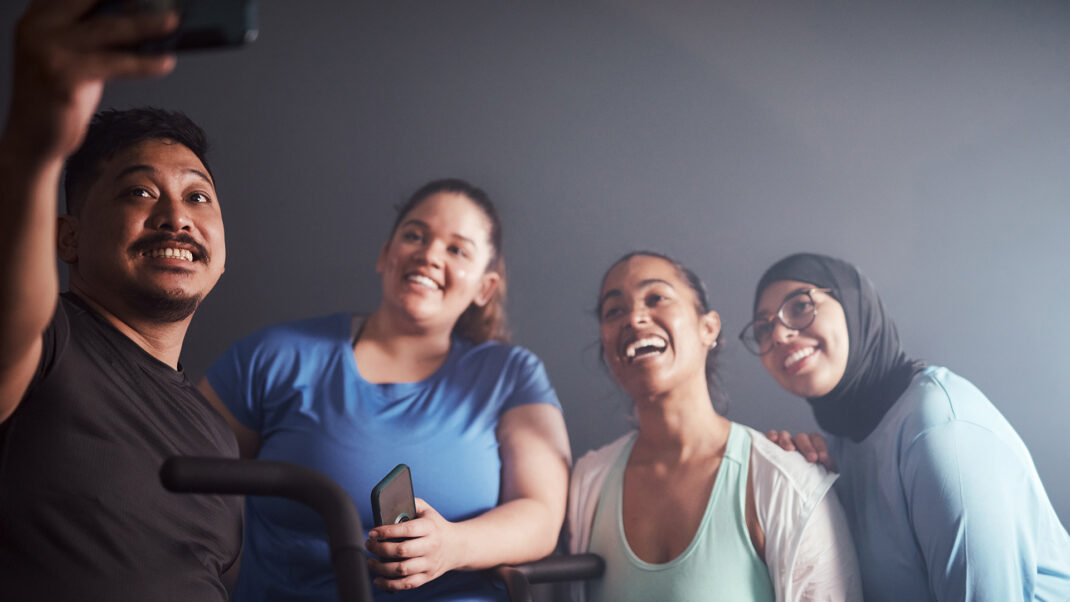Creating an Online Community
Use social media to extend your reach beyond the exercise studio.
Group fitness is the heartbeat of the facility, but not because of the blaring music or sweaty bodies. People exercise in groups for the motivation, accountability and energy it brings them. Wouldn’t it be great to capture this energy outside the studio? As instructors, we’ve tried almost every trick in the book to influence more end users, get more bodies in classes and help educate members. Despite this, we’re still reaching only a handful of people. Sure, we may be doing a great job marketing to and serving people inside our facilities, but to create change on a global scale we must build a club without walls.
Enter social media. Whether you love them or hate them, for outreach Facebook and Twitter™ just might be your secret weapons. Using social media is becoming a more prominent strategy for linking members with members, members with instructors and nonmembers with a facility. Read on to learn how to create a community that exists beyond your club’s front door.
Creating Community—Why Bother?
Our number-one job is to provide a safe and effective environment so members can focus on attaining their wellness goals. However, if we want to perpetuate our business we must leverage our promoters. How do you turn someone into a brand promoter? You get that person talking to and interacting with as many people as possible. As an instructor, you see more people in an hour than most other employees see in a week. If you can get your class members to interact with you in the social media space, your superior service will be the talk of the town—literally!
Think back to why you started teaching in the first place. Were you so passionate about fitness that you just had to share it with as many people as you could? Well, guess what? No matter how much information and education you pack into a class, you’re probably with each participant only 1 hour out of 168 in a given week. Wouldn’t more access be better? Not only that, the more connected participants are to an employee (you!), the more likely they are to remain members and move toward their goals.
The social media Web enables you to affect the lives of people you don’t even know. The more connections you make, the greater your influence. According to research conducted earlier this year by Edison Research and Arbitron, 52% of Americans had a profile on Facebook, MySpace, LinkedIn or elsewhere. The number of “super social” users (those who use social media sites more than once a day) was nearly 46 million, a one-year increase of almost 20%! The average Facebook user now has 130 friends—that’s a lot of potential!
When you use social media to interact with and engage participants, they share your content with their friends and the cycle continues. Think about the impact you can make beyond the classes you teach!
Social Media Success
Social media marketing is an art, not a science. You’ll need to experiment to find what works best for your clientele and community. This is not a glorified way to share your class schedule. This is a way to create connections and become a trusted resource for health and wellness.
Research before you dive in—social media can be quite intimidating (not to mention time-consuming). Chalene Johnson, owner of Powder Blue Productions in Irvine, California, has been very successful in using social media to connect with the masses. “Fitness professionals who want more for their careers must devote time to fully understanding how to use social media and how to implement a system of best practices,” she says. “This means more than the occasional Facebook update or tweet—I’m talking about learning the practices that will get you a book deal, bring in new members, grab the attention of industry giants or even create awareness for your efforts on an international scale.”
Once you understand what you’re dealing with and commit to doing it fully, figure out how you’ll connect with people. Kelly Gray, a fitness instructor, presenter and marketing guru from Boulder, Colorado, was skeptical about social media at first. She says asking members to “friend” her felt odd. However, once she understood how powerful the connection aspect could be, her perspective shifted. Now, in every class, she suggests that members add her as a friend so she can share information, pictures and interesting life details. This approach to connecting outside the classroom makes the experience inside the classroom even better.
Social media allows people to be anonymous while building their confidence; that’s one reason why Gray began to look at it as a great service for the new person who might be afraid to talk to her or ask questions. Gray also loves that it helps her put faces to names, which leads to a more individualized member experience.
Imagine the number of people who might never try your classes because they’re not quite sure what they’re getting themselves into. Ember Nevill, group fitness coordinator at Fitness 2000 in North Richland Hills, Texas, uses social media to provide more information about class offerings. “Visuals rock,” she says. “People can read class descriptions all day long; however, add a short video clip of your class in action, and it will help get people in the door.”
Caroline Jordan, business owner and fitness professional in San Francisco, uses social media to help educate her students. “It increases my credibility as a knowledgeable instructor and deepens my connection with students outside the classroom,” Jordan says. “There’s never enough time to talk fitness when teaching class. Social media has allowed me to continue educating clients on exercise, nutrition and wellness topics, which has empowered and motivated them to reach their goals. My classes have grown in size, and my students often comment that my posts are a helpful reminder to continue working toward their goals and not give up when it gets hard!”
Best Practices
Social media has amazing potential if it’s done correctly. Here are a few ideas to consider:
Decide: Personal Profile or Fan Page? Should you open your personal Facebook page to the masses, or should you start a separate fan page? There may be a reason to have both! If you like to post information that is more for your friends and family, consider separating your business persona from your personal one.
Mind Your Manners. When in doubt, don’t post it. If you have any question whether a picture is appropriate or a quote might be controversial, hit delete. It takes only one post to ruin a reputation.
Check Your Grammar. Social media sites limit users to a certain word count or character count. That doesn’t mean, however, that you should ignore spelling and grammar rules. You still want to present a polished, professional appearance. Be careful when using your mobile device; the choices the AutoCorrect feature makes can cause quite a kerfluffle.
Market Consciously. Avoid just selling to your audience. Create connections by posting with the “Three T’s” in mind: Task, Team and Touch. Task is a call to action. For example, post “Please come to my class and bring a friend,” which is the ultimate reason for the connection. However, unless you give equal billing to the other two T’s, people won’t act! Use Team-centered posts to help people get to know you or find more information. For example, post something about eating on the run, or link to an article about the benefits of strength training. Finally, Touch is all about getting personal via items that will get folks talking: How about “Give me a song suggestion for tonight” or “What’s your favorite exercise?”
Don’t Give Up. Social media is ever-changing. What works today won’t necessarily be effective tomorrow. Reach out to people who are doing it well, read about social media practices and get up to speed on tools that will help you manage your online presence. Johnson sums up the role that social media is playing in fitness: “If we are in the health and fitness industry because we have a desire to inspire and help others, then we have an obligation [to be open to using social media] to help take our mission global. I’m sure most of us can agree our calling is bigger than the room full of smiling faces we see every Tuesday night.”
© 2011 by IDEA Health & Fitness Inc. All rights reserved. Reproduction without permission is strictly prohibited.
Are you interested in streamlining your social media efforts? Check out these options for loading content that is then delivered throughout the week:
- SocialOomph, www.socialoomph.com
- Buffer, www.bufferapp.com
If you need a place to easily view what’s going on in the world of Twitter, try TweetDeck, www.tweetdeck.com.
To keep up-to-date on the latest happenings in the world of social media, check out these sites:
- Social Media Examiner, www.socialmediaexaminer.com
- Convince & Convert, www.convinceandconvert.com
For a jump-start tutorial on all things social media, try Social Media Success Kit 2.0 by Chalene Johnson, www.chalenejohnson.com.
Shannon Fable
Shannon Fable is a sought-after speaker, author and thought leader in the area of fitness business development and strategic innovation. She has spent more than two decades helping impressive brands such as Anytime Fitness, ACE, FIT4MOM® and BOSU® with business and program development. Fable served as chair of the ACE Board of Directors and is the co-founder of GroupEx PRO®, a cloud-based group fitness management tool that she successfully sold to Daxko in 2019. As a certified Book Yourself Solid® business coach, she helps fitness professionals navigate the industry to build scalable and sustainable careers.






